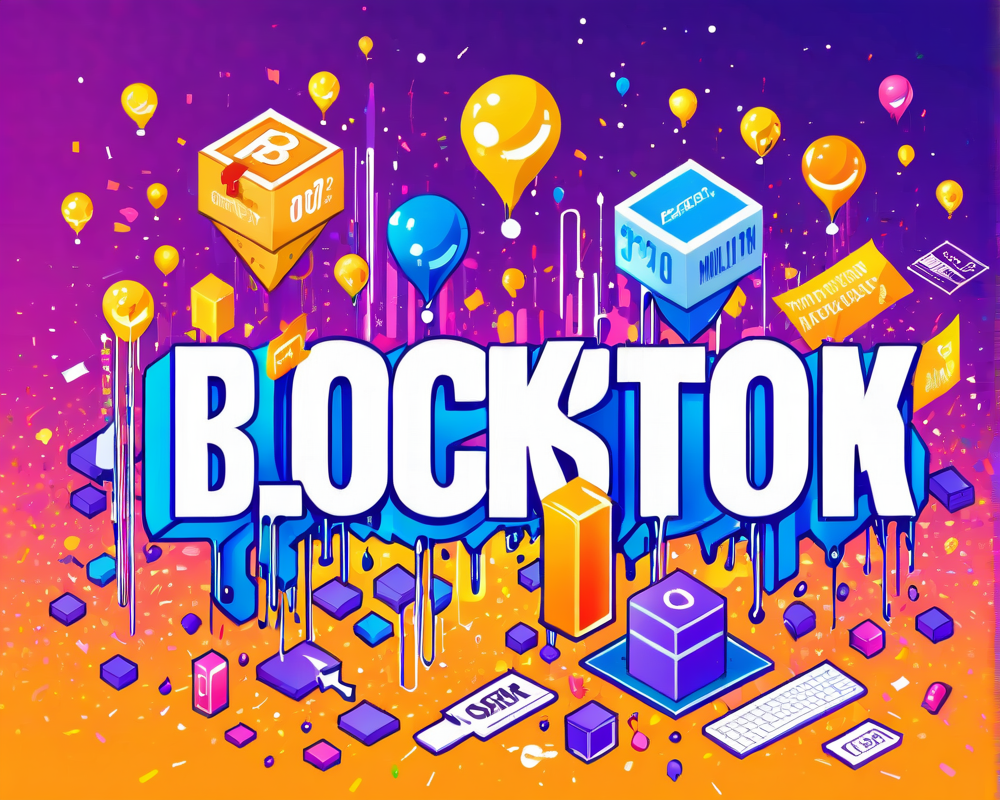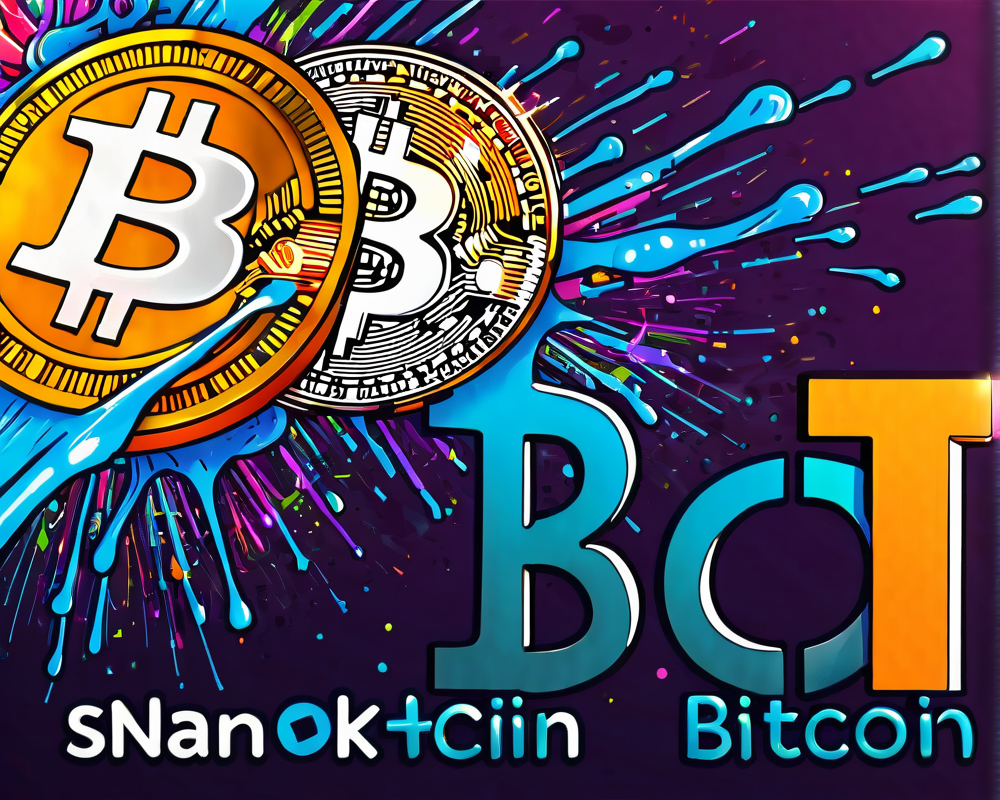The Unveiling of Blockstack’s Latest Milestone
On January 29, Blockstack PBC heralded the completion of its “Milestone II,” a noteworthy achievement that unlocked a hefty $6.8 million from its 2017 ICO. With the bold claim of onboarding one million verified users, skepticism rippled through the community faster than a cat meme goes viral. In a leap of journalistic curiosity, an analysis of blockchain data was undertaken to put this claim to the test.
Understanding the ICO Context
The Blockstack ICO was launched in November 2017 on the CoinList platform and made waves by being “SEC-qualified.” This meant the project was not just playing hopscotch with regulations but had valid reporting obligations—a good sign for weary investors. The funds from this offering were carefully released in tranches based on pre-established milestones.
The Verification Process: How Can We Trust the Numbers?
Blockstack’s value proposition centers on providing a verifiable identity secured by blockchain. This allows users to create authenticated apps based on Blockstack ID. However, the verification process is as vital as that first cup of coffee in the morning. The advisory board’s criteria for verification includes social media accounts and government-issued IDs. But does the count of verified users hold water?
Digging into the Blockchain
To unravel the truth, data was mined from Bitcoin blocks, thanks to Blockstack’s specialized Bitcoin explorer. Using a solid methodology, researchers filtered through blocks programming their way through to find “name operations,” which resulted in a robust dataset. Turns out, Blockstack’s blockchain recorded a staggering 1,997,949 names! Spoiler alert: many of those names aren’t exactly shining beacons of verifiability.
Analyzing User Data: Are They Real? Are They Verified?
Upon sampling a mere fraction of users—about 50,000—the results were not promising. The research indicated that merely 1,565 of them were verifiably legitimate, giving a dismally low verification rate of around 3%. To add salt to the wound, Blockstack’s own figures revealed only about 14% of users were verified. Clearly, something smelled fishy in the data pond.
The Mystery of the Usernames
Upon closer inspection, many usernames bore the prefixes “fc-” or “bc-.” And here’s a fun fact: searching for their records in the explorer yielded nada—just an empty page. This detail stoked the fire of skepticism, leading to the conclusion that roughly 400,000 users could indeed be vaguely verified in some way.
The Great Airdrop Debate
As if the situation couldn’t get weirder, Blockstack executed a massive airdrop that supposedly distributed Stacks tokens to over 300,000 users—those “bc-” users, in fact. Interestingly, the airdrop was backed by blockchain verification, adding a layer to the drama. Blockstack’s CEO, Muneeb Ali, affirmed that the blockchain maintains user privacy by excluding potential identifiers like phone numbers or government IDs.
Claiming Transparency in a Cloud of Doubt
With a hint of miscommunication, Ali asserted that the milestone was defined with rigorous legal attributes and not merely about counting noses. It’s a tangled web of verification, and while Blockstack claims this approach is transparent, questions of integrity inevitably arise.
Conclusion: Is There More Than Meets the Eye?
While Alli insists on sincerity within Blockstack’s framework, the presence of dubious usernames and skeptical verification rates raises a flag. Are they merely striving towards an ambitious vision, or is there potentially less-than-stellar data being buoyed as authentic? In the end, the reality might lie somewhere in the middle: ambitious goals taken with a grain of caution. As the narrative unfolds, it’s clear Blockstack’s journey is far from linear—barely walking the tightrope of legitimacy.




